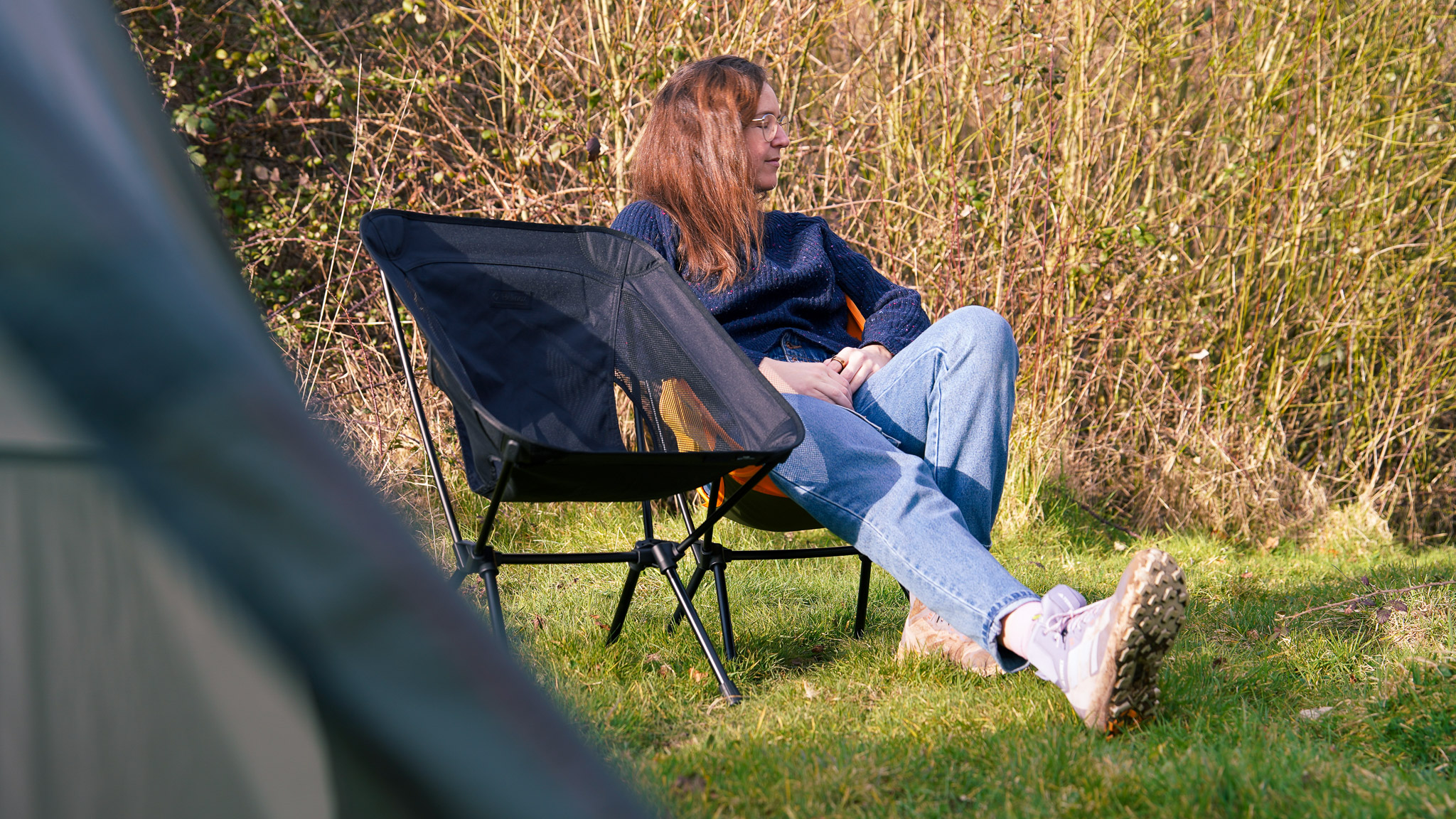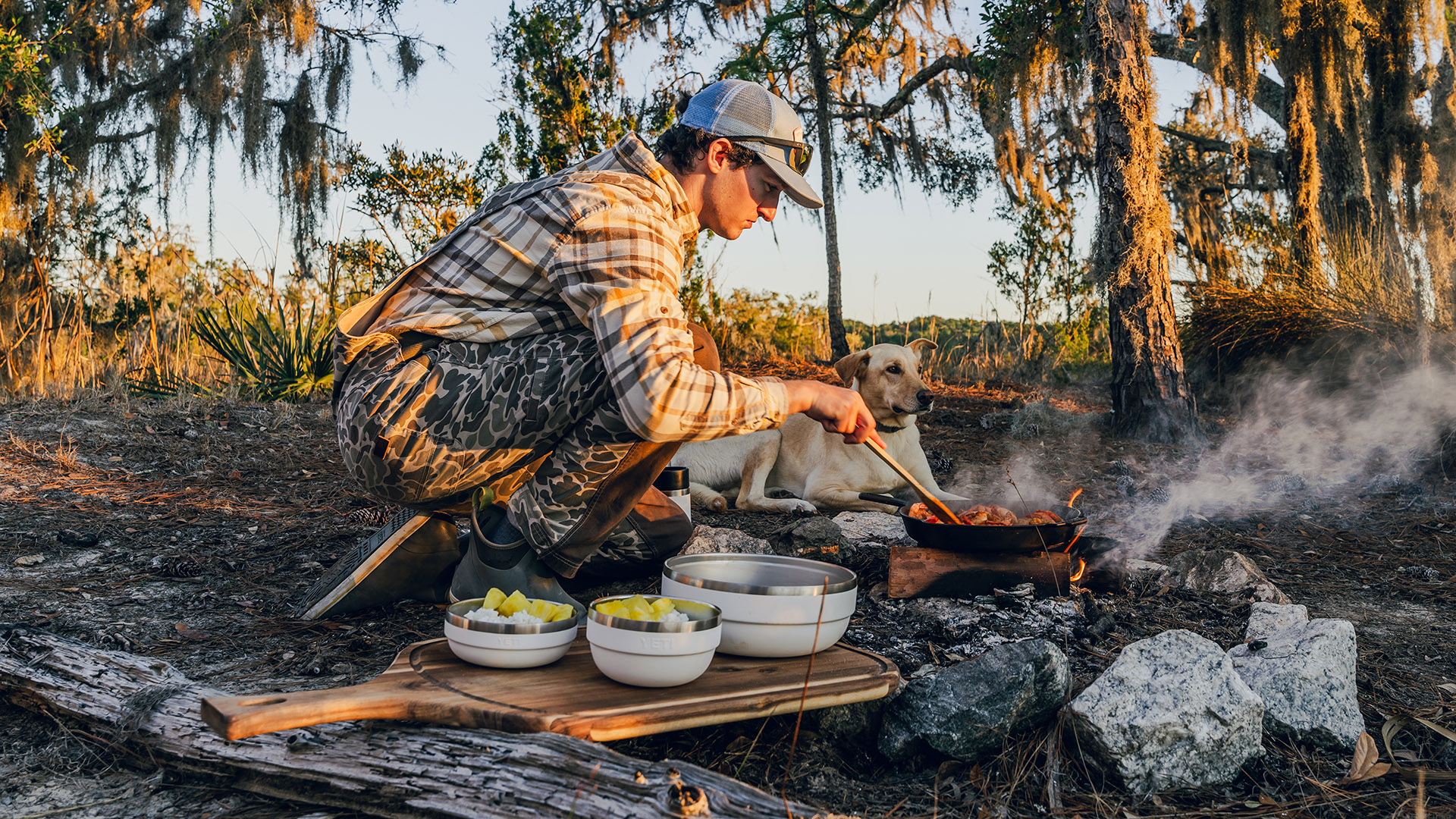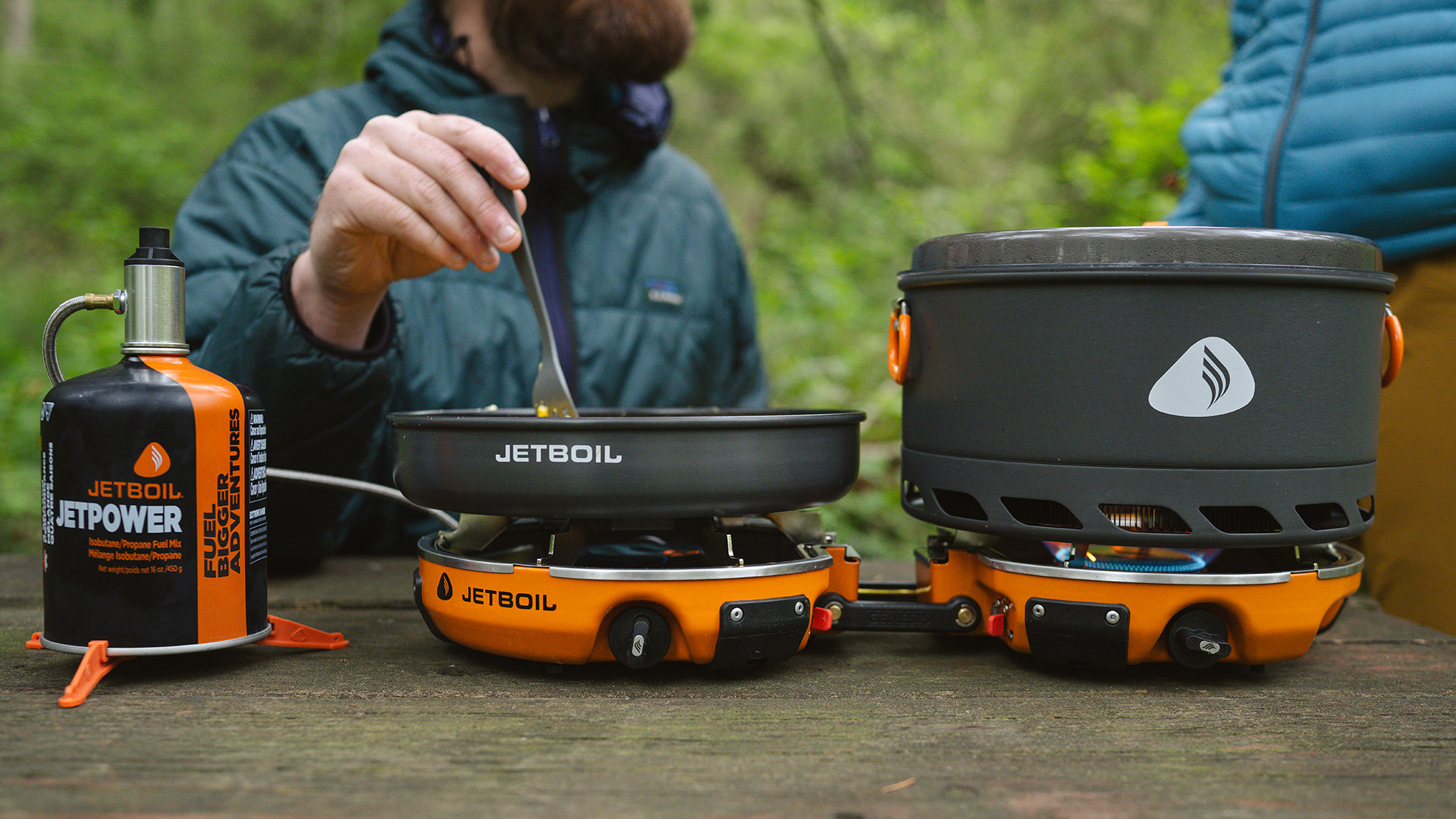Outdoors
The latest Outdoors breaking news, comment, reviews and features from the experts at T3
Explore Outdoors
-

Merrell's best-selling hiking shoes are less than £100 – grab them while you can!
Merrell’s Moab Speed 2 are supportive, incredibly lightweight and look great too
By Bryony Firth-Bernard Published
-

Helinox Chair One (re) review: A portable throne fit for eco-minded campers
Proof that lightweight and luxury can go hand in hand (or cheek to cheek)
By Matt Kollat Published
-

YETI’s latest colourway might just be the hottest thing this summer
The new Gold Coast drop is pure sunshine in gear form
By Matt Kollat Published
-

T3 Travel and Outdoor Month 2025: explore more, adventure further
Expert tips and reviews from T3's dedicated team of travellers and outdoor enthusiasts
By Matt Kollat Published
-

Keen Hightrail EXP Waterproof Hiking Shoes review: grippy, slipper-comfy hiking hooves for 3-season saunters on the wildside
Lightweight, robust and waterproof walking shoes for all-conditions clambering, scrambling and trekking escapades (just don’t aim too high)
By Pat Kinsella Published
-

Is this the beginning of the end for double-wall tents?
Ultralight, ultradry, ultra… shiny? Simond’s MT900 might be the smartest tent of the season
By Matt Kollat Published
-

Beau Lake X Hinckley Newport iSUP review: A luxury paddleboard that’s more yacht than SUP
Luxury looks meet laid-back paddling in Beau Lake’s stunning iSUP
By Matt Kollat Published
-

5 luxury camping gadgets you never knew you needed
Upgrade your camping set-up with these little luxuries
By Bryony Firth-Bernard Published
-

Best pop up tent 2025: quick-pitch shelters for stress-free camping
The best pop up tents provide instant shelter on the beach, campsite or at a festival
By Matt Kollat Last updated
-

Best camping bed 2025: sleep soundly anywhere
Sleeping outdoors doesn't have to be uncomfortable – the best camping beds help you enjoy a sound, restful night's sleep
By Matt Kollat Last updated
-

Best camping mat 2025: inflatable and foam sleeping pads ranked
We select the best camping mats for every occasion, from self-inflating pads to cheap and cheerful roll mats
By Matt Kollat Last updated
-

Best wellies for men 2025: waterproof boots for hiking, walking, and festivals
Find the best wellies for protecting your feet in any weather and during all kinds of activities
By Matt Kollat Last updated
-

11 high-end outdoor jackets that prove performance gear can be pure luxury
Plus affordable alternatives, in case you can't stretch your budget to infinity
By Matt Kollat Published
-

Vollebak's Full Metal Jacket Gold Edition is equal parts luxury, science fiction and bio-armour
The most luxurious survival jacket ever made? Possibly.
By Matt Kollat Published
-

Under Armour's new sneaker doesn't play by the old rules
If this is the future of the brand, it's off to a running start
By Matt Kollat Published
-

YETI just made bowls cool – literally. And also figuratively.
New YETI design, same bear-proof energy
By Matt Kollat Published
-

T3 Luxury Month 2025: the greatest gadgets and opulent accessories you need for your life
From watches to cars, T3 is rounding up the best of the best for Luxury Month
By Bethan Girdler-Maslen Last updated
-

Berghaus wants to be your new favourite street-to-summit brand
The brand's latest Trail Collection brings the company up to speed with some of the most popular outdoor labels
By Matt Kollat Published
-

Coleman takes on YETI with lighter, tougher and cheaper Pro Cooler range
Move over, YETI – there’s a new cooler in town, and it's not here to play nice
By Matt Kollat Published
-

GO Outdoors slashes up to 75% off tents, beds, and backpacks just in time for festival season
It’s time to secure your festival essentials, if you haven't already
By Bryony Firth-Bernard Published
-

The North Face and UNDERCOVER are back to zen-slam the trails with SOUKUU Season 4
Meditative mountain gear? You better believe it – SOUKUU SS25 is part trailwear, part philosophy, and all fire.
By Matt Kollat Published
-

I’m an outdoors writer and the app I use for all my walks and hikes has 50% off
You can now snap up an annual AllTrails+ membership for £17.99, but it's for a limited time only
By Bryony Firth-Bernard Published
-

Jetboil's Genesis Basecamp System is all my camping stove dreams rolled into one
Compact, clever, and capable – Jetboil's new Genesis Basecamp System Isobutane is the ultimate campsite cooking setup
By Matt Kollat Published
-

Oh, so you never wash your waterproof jacket? What could possibly go wrong
Waterproof jackets are like friendships – ignore them too long and they’ll stop working for you. And just like friendships, the fix often involves a little warmth.
By Matt Kollat Published
-

5 common camping mistakes and how to avoid them for a relaxed outdoor escape
Whether you're a seasoned camper or a complete newbie, don't overlook these common blunders
By Bryony Firth-Bernard Published
-

EcoFlow River 3 UPS review: Downsizing power without compromise
Keep the juice flowing with EcoFlow’s latest travel buddy
By Derek Adams Published
-

The AeroPress Go Plus is the gadget I need for my next outdoor adventure
Whether you’re off camping or heading on a hike, the new AeroPress Go Plus lets you enjoy great coffee on the go
By Bryony Firth-Bernard Published
-

Surfing meets camping in this ruggedly stylish new collab from Finisterre and Snow Peak
Titanium mugs, YULEX wetsuits and a sleeping bag poncho – this collab has it all
By Matt Kollat Published
-

Best women's walking shoes 2025: explore in comfort, every step of the way
These shoes were definitely made for walking
By Bryony Firth-Bernard Last updated
